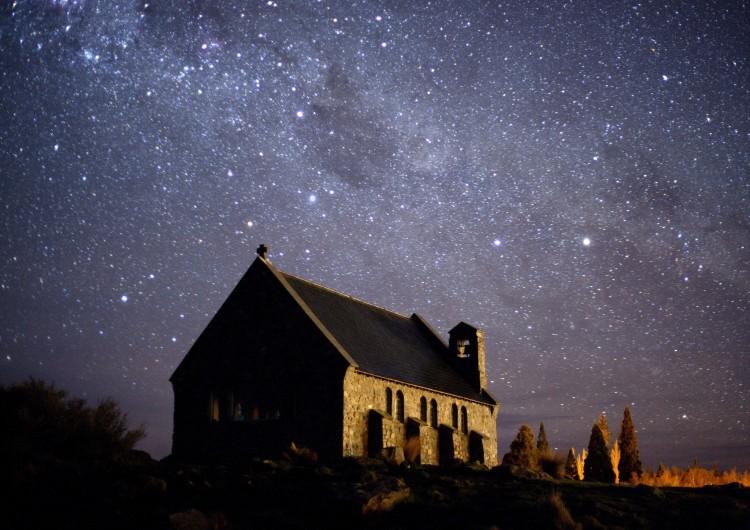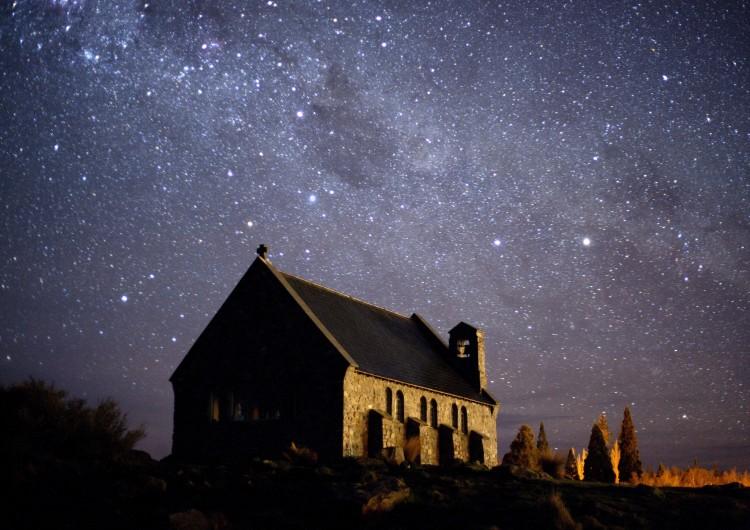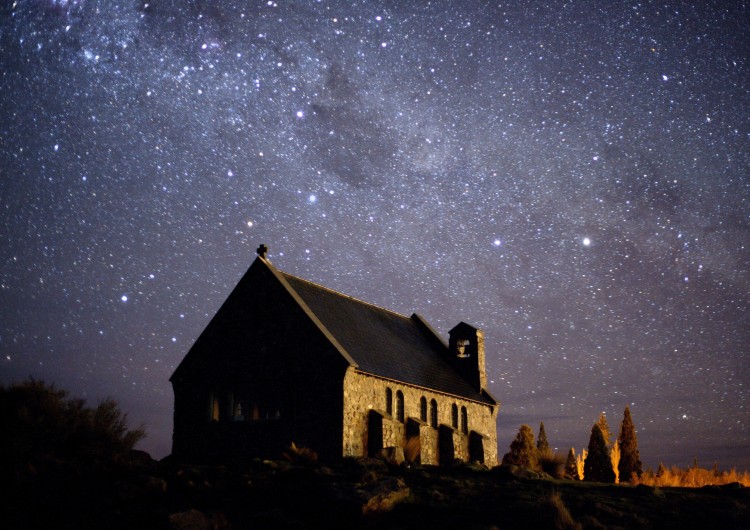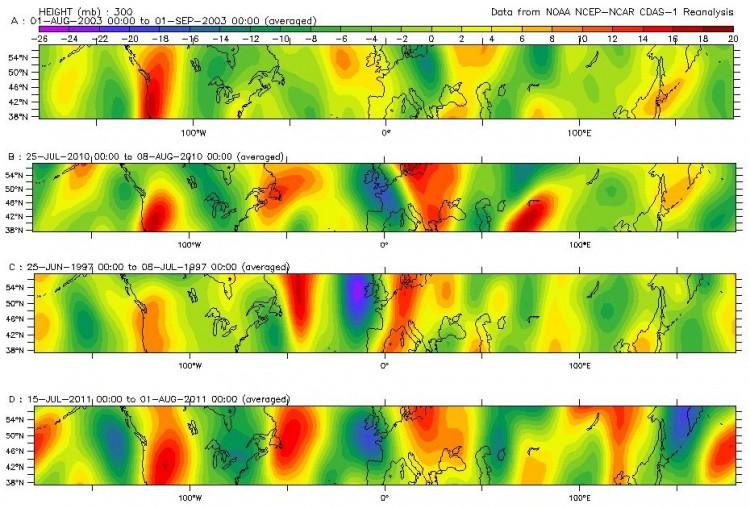Kiwis have a new reason to be proud: Mt. Cook, the nation’s tallest mountain, and surroundings covering more than 1,600 square miles have been designated an International Dark Sky Reserve (IDSR), forming the largest such zone in the world.
Located on the South Island, the Aoraki Mackenzie IDSR includes Mt. Cook National Park and the Mackenzie Basin, and is the fourth dark sky reserve to be recognized.
“The new reserve is coming in at a ‘Gold’ level status,” said International Dark-Sky Association’s Executive Director Bob Parks in a press release. “That means the skies there are almost totally free from light pollution.”
“To put it simply, it is one of the best stargazing sites on Earth.”
The announcement was made from the new reserve during the Third International Starlight Conference. This United Nations-led effort places importance upon a glittering night sky to ensure that present and future generations can gaze at the stars.
Before white man arrived in New Zealand, the Maori viewed the night sky as part of their culture, and used it to navigate the islands.
The designation aims to commemorate this history and protect the night sky as part of the region’s natural and cultural landscape.
Starting back in the 1980s, outdoor lighting was controlled in the area to reduce light pollution, conserve energy, protect fauna, and attract tourists for stargazing.
The Epoch Times publishes in 35 countries and in 19 languages. Subscribe to our e-newsletter.





